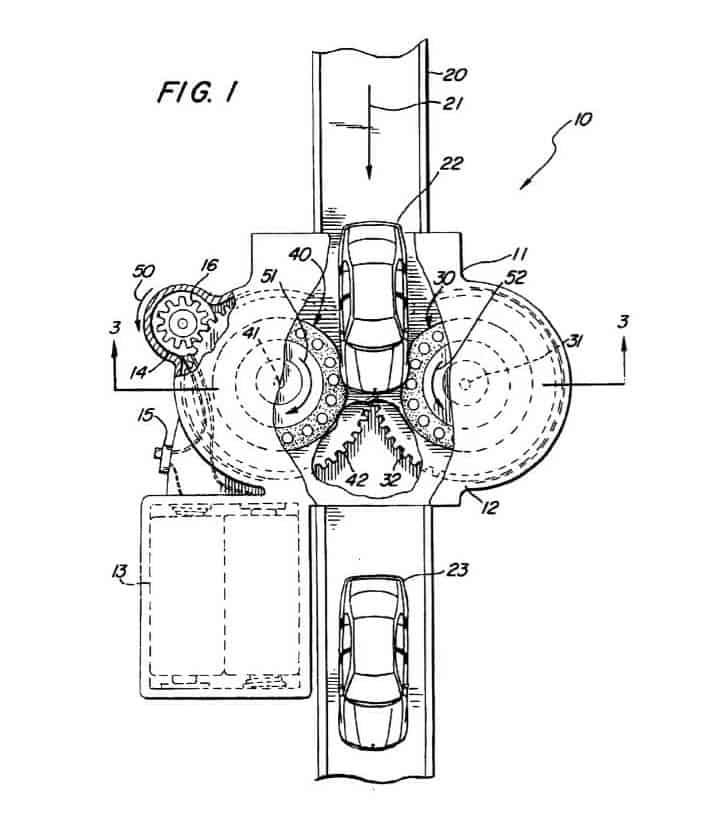Patent Diagrams constitute the most essential component of every utility patent application. You may rarely encounter any patent application that does not contain any patent diagrams. Moreover, the US Patent and Trademark Office (USPTO) majorly recommends the inclusion of patent diagrams in a patent application. This is because, this component allows the patent examiner to easily comprehend the subject matter of an invention. Clear and accurate patent diagrams enhance the quality of patent applications and explains an invention more explicitly than descriptions do.
Furthermore, patent diagrams help in clarifying the claims of the patent owner if he faces any patent infringement cases. They also provide an advantage to the patent holders while seeking any damage settlement issues. Moreover, patent owners enjoy the benefit of receiving the advantage of eliminating the potential infringements by utilizing strong patent drawings.
So, good patent drawings form the backbone of any patent application you wish to file. Thus, this article discusses the specific requirements that you must consider while preparing patent diagrams for your patent application.
Also Read: Design Patent Illustrations: Guidelines
Technical Specifications For Preparing Patent Diagrams
Before preparing any patent drawings, you must ensure that the drawings include all the requirements set by the country where you wish to file your patent. Further, if you wish to file patent in the US, you must meet all the USPTO specifications set for preparing patent drawings. Additionally, if you wish to file international applications, you must follow the PCT specifications for filing patents in 142 contracting states.
Some patent offices’ possess universal patent drawing requirements. All PTOs prefer visualizing clear drawings in dense, black and white colored fashion that consist of solid black lines. Further, you may find a few differences between the specifications set by the USPTO and PTO in terms of sheet size. The USPTO requires either the letter size paper or the A-4 size paper and keeps a range of flexibility for applicants. However, the PCT only accepts the A4 size sheet. At the same time, margin requirements remain the same in both types of pages.
Besides, there are a few specifications that you must provide in detail while preparing your patent drawings. The next sections discusses these specifications briefly.
Also Read: All About Non-Provisional Utility Patent Applications
Numbering
You must include the numbering using Arabic numerals. You can use 2 Arabic numerals, where one numeral represents the sheet number and the other represents the total number of sheets. Further, you must provide numbering in the middle of the top of the sheet and not in the margin area. This component must be larger in size to distinguish from normal numbering. Moreover, you must not use any brackets, quotation marks or circles with numbering.

Lead lines & arrows
You must place lead lines in close proximity between the reference characters and the figures. Further, you must ensure that they are straight or curved, short in length and do not intersect at point.
Arrows help in indicating the whole section while representing the direction of movement and the surface pointing towards it’s direction.
Use of Reference Characters in Patent Diagrams
Reference characters help in representing the important points mentioned in the application description. Thus, you must make sure to use these reference characters in utility patent diagrams as well. Numerals are the most preferred reference characters for use. However, you must ensure to not place any character in association with any brackets or circles. Reference characters must not interfere with the understanding of the actual patent drawing.
Shading
Utility patent drawings must comprise of shading as it enhances the understanding of the invention. It helps in denoting the surface of conical, cylindrical and circular objects. The use of space lines in shading must be as thin as possible and must contrast from the rest of the image. You can also use heavy lines only when they do not interfere with the reference characters. Moreover, you must not use solid black shading in any aspect other than for representing bar graphs or colors.
Types of Views
Utility patent diagrams may constitute of as many views as necessary. You can also include the views that represent a detailed section of objects. Further, you must place the views in an upright position, at a distance from each other. All the views in utility patent drawings must follow proper arrangement on a sheet with minimum wastage of space.
Exploded views
this view helps in showing the detailed configuration of the object by disassembling all its components. Further, you must make sure to enclose these views in brackets while placing them on a sheet of paper containing other views.
Partial views
Partial views help in displaying some proportion of object from the entire view of the object. In such cases, you must label all the views individually and relationship between all views must remain specific. You should link each individual view of the object, edge-to-edge to avoid overlapping of views.
Sectional views
Sectional views help in displaying the interior structures of an object. You can use the broken lines to mark these views so that they do not interfere with the reference numbers. Moreover, a sectional view can be orthogonal or perspective in visualization. You can categorize sectional views into front perspective view, front sectional view and side sectional view.
Front page view
Sometimes, you can illustrate one of the views of utility patent drawings on the front page of the application. This will represent the illustration on the front page of the publication.
Drawing Scale
The scale used for preparing utility patent drawing must be large enough to avoid over-crowding of figures. Moreover, the scale you must clearly portray the drawings even if you reduce it to 2/3rd of their size.
Also Read: What Are the Top Qualities of a Patent Illustrator?
Conclusion
Thus, patent drawings may face some complications during its preparation due to the numerous requirements listed above. However, no matter how complex the requirements are, good patent diagrams that illustrate the way an invention works, lead to the generation of a successful utility patent application.
Professional Patent Illustrators (PPI) endures many years of experience in the IP industry. PPI not only helps its clients in taking appropriate business IP decisions, but also provides a range of economically feasible patent illustration services. As PPI is based out of the US, it IP professionals possess a diverse experience in serving the clients across the globe. Thus, to avail our services at pocket-friendly prices, visit our website – Professional Patent Illustrators and check our samples here.
Other Related Articles
Multiple Dependent Claims: When do we need them?


